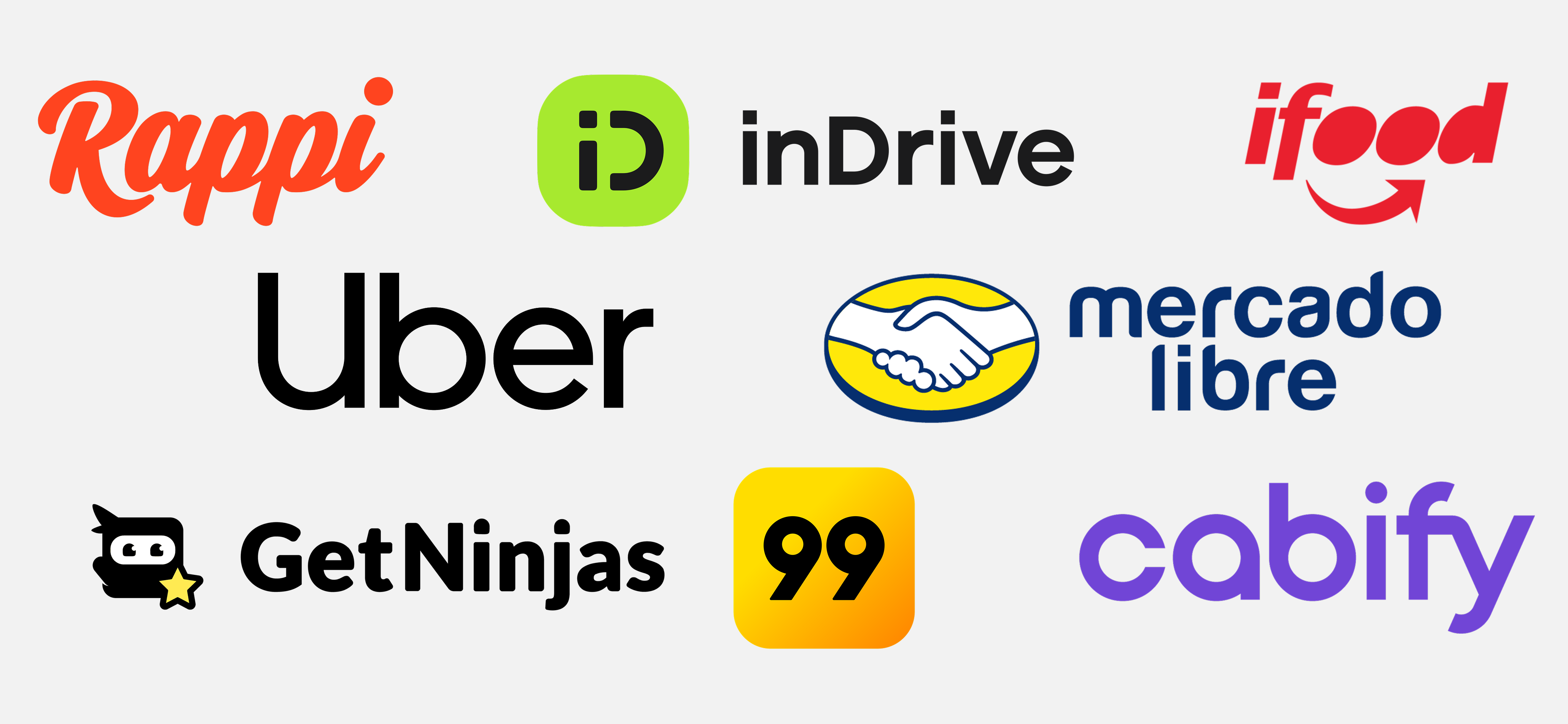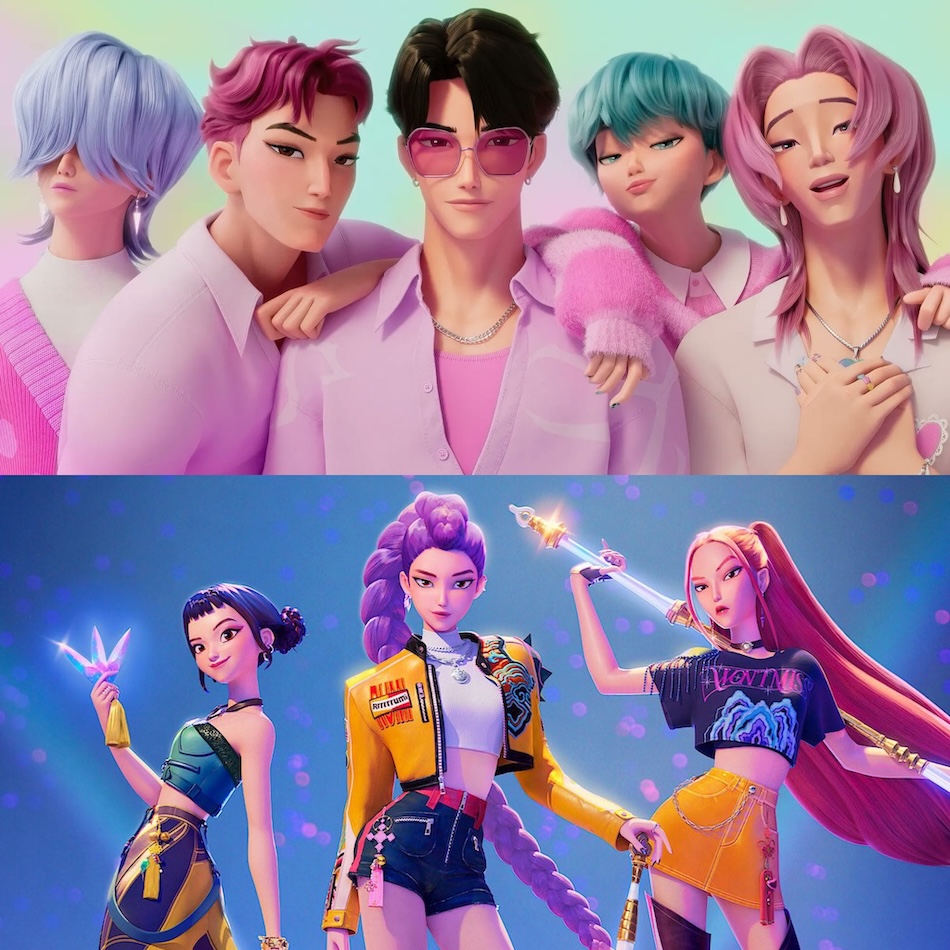Artificial Intelligence (AI) has the potential to revolutionize game development. That is becoming a more commonly accepted perspective across the gaming industry as attention shifts towards automation. There is already a plethora of media that seeks to outline all the ways that different areas of video game development will be fundamentally changed. However, these pieces assume that platforms will embrace faster iteration and access to more assets. As we have seen with blockchain, technology that could benefit the end consumer may not be embraced by companies that do not see direct financial upside. We predict gaming platforms that primarily monetize through the sale of UGC will see their revenue slashed if they do not put the proper guard rails in place.
This week, we want to evaluate all the ways that user generated content (UGC) platforms could adjust to the potentially negative impact of generative AI, a sub-category where original content is automatically generated based on user selected parameters.
More assets does not equal more money
Narrow marketplaces, such as Roblox’s, focus primarily on static objects like character accessories (clothes / armor) or furniture; however, marketplaces with more breadth, such as Second Life’s, exchange drivable vehicles, buildings (even moving ones like rideable theme park attractions), and interactable animals (Companions in Virtual Worlds). Regardless, generative AI has the potential to drastically reduce the time and skill necessary to create any type of digital asset. Lowering the barrier to creation will introduce more marketplace contributors and thus a greater volume of assets. We anticipate that as generative AI technology matures and becomes commercially available, UGC marketplaces will be flooded with content.
While this overflow of assets will likely affect the volume of mediocre items (instead of “premium” digital goods), these libraries will be vastly bloated compared to today. The sheer volume of and competition between “okay” items will drive down pricing. While this affordability may lead to more purchases, platforms whose primary revenue stream is through a percentage of every sale may earn less revenue over time.
It is not a matter of if, but when
While accessible no-code to low-code solutions for 3D generation do not exist yet, technology is progressing very quickly. Solutions by market leaders are still in the research stage: DreamFusion by Google, Get3D by Nvidia, and Point-E by OpenAI (all three are text-to-3D). Interest is already bubbling at the early-stage startup phase. While not truly created by 3D generative AI algorithms, startups such as Scenario and Sloyd work around technology limitations by extrapolating from 2D solutions or manually building 3D libraries which are modular and mix-and-matched to create “new” assets. A concern we see here as investors in this space is that the moat lies in who creates the underlying machine learning models, not who creates the user-interfaces which give consumers access to these models.
While generative AI’s clashes with copyright laws have raised warning flags, it does not appear to have forced these companies to pump the brakes on advancing this technology. The train has just begun to pick up steam.
Platforms will be forced to adjust to protect their revenue
From our most recent experience with blockchain, traditional companies will do their best to protect their bottom-line, even going so far as to ban the technology altogether. For example, Valve (the owner of Steam) banned blockchain games and NFTs in late-2021 on their game distribution platform Steam, citing the volatility of cryptocurrency and the bad actors behind NFTs (Eurogamer). This prevented any game from tokenizing their in-game assets, which Valve could have hypothetically financially benefited from by taking a percentage of every transaction of these guaranteed authentic in-game items.
Unbridled access to the creation and sale of 3D assets and the early run-ins with copyright laws has the potential to breed the same skepticism. However, outside of outright banning AI-generated assets (which alone is technically difficult), there are other paths that can be taken. These are not mutually exclusive:
- Limiting access to UGC (lowest risk, lowest cost, limited upside): Only a limited pool of vetted creators will have access to sell assets on the platform marketplace. These will be very high quality which will protect price floors but does not encourage true market competition and thus innovation. This makes the most sense for AAA platforms such as Fortnite or The Sims.
- Bring the tech in-house (low risk, high cost, high upside): Platforms wrap the tech, limit the starting point to a fixed library of templates, and restrict creation and marketplace submissions to on-platform modules. Platforms can charge for the creation or upload of each asset. This prevents a free-for-all by bad actors who could upload tens of thousands of low quality assets to the marketplace at no cost. However, this is not true democratized access to UGC. Outside of bringing the models in house, platforms can instead invest in tools that enable further differentiation. For example, scripts that can adjust the physics of the outside world or other items when an asset is present (when you run above a certain speed, shoes generate flames).
- Incentivize market competition (medium risk, low cost, high upside): Instead of trying to gate the quantity and quality of assets on their marketplaces, platforms can instead invest in improving their content search engines. Thus, the best content boils to the top. On a regular cadence, the platform can dump the bottom 75% of assets. This will force the best creators to innovate to rise to and stay at the top.
- Change monetization models (low risk, low cost, low upside): Instead of charging a percentage of sale, underneath a certain threshold, a marketplace charges fixed dollar amounts per sale. This forces sellers to stay above a certain floor in order to still profit. Alternatively, the platform could charge users to maintain assets on the marketplace. For example, after the first 10 listed assets by a creator, a marketplace can charge creators to be able to list more items. This can be a fixed amount, a percentage of sale, or both.
Takeaways: Access to AI-generated 3D assets is just around the corner and it will shake up the way gaming platforms think about enabling UGC. UGC platforms that primarily monetize from their marketplaces today must put together strategies to adjust to the imminent impact this technology will have on their business models. Outright banning the technology is not the best way to benefit from the upside; instead, platforms should embrace and adjust either their creation tools or monetization strategies.







.png)

.png)


.png)
.png)



.png)

.png)

.png)



.png)


.png)

.png)
.png)
.png)
.png)
.png)
.png)


